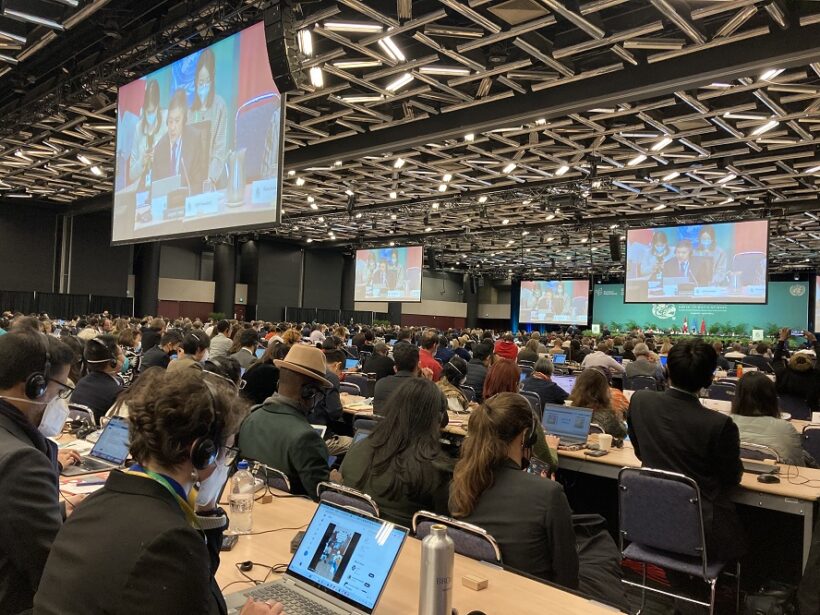In front of a full house on Saturday morning, the president of the 15th United Nations Conference on Biodiversity (COP15), the Minister of Ecology and Environment of China, Huang Runqiu, heard the many complaints of the southern countries.
By Sunday, the objective of protecting 30% of the planet was selected by the Chinese presidency and submitted to negotiators. It’s also proposing to reach at least 20 billion dollars in annual aid from countries. rich to apply the biodiversity agreement.
The negotiators members – 195 countries plus the European Union – of the Convention on Biological Diversity (CBD) must approve by Monday, on the basis of the text of the presidency, a “pact of peace with nature”.
In an attempt to resolve the ever-burning financial issue between North and South, China proposes reaching “at least $20 billion” in annual international aid for biodiversity by 2025 and “at least $30 billion by 2030”, according to the draft agreement unveiled on Sunday.
The developing countries, Brazil, India and Indonesia in the lead, demanded an increase to 100 billion dollars a year in the aid paid by the rich countries for the protection of nature, currently estimated at between 7 and 10 billion euros.
Southern countries are also pushing hard for the creation of a new separate global fund dedicated to biodiversity, like the one obtained in November at COP27 in Egypt to help them deal with climate damage.
On this point, China proposes a compromise: to establish from 2023 a branch dedicated to biodiversity within the current Global Environment Facility (GEF), the current functioning of which is considered deficient by the least developed countries.
The resolution of the financial controversy between North and South calls for the adoption of an ambitious pact for nature, ardently demanded by environmentalists and indigenous peoples.
In the draft agreement, China retains the proposal to place at least 30% of land and seas under a minimum level of protection, while admitting within protected areas a “sustainable” use of resources.
This objective, a minimum for scientists who argue for at least 50% protection of the planet, has been presented as the biodiversity equivalent of the Paris objective of limiting global warming to 1.5°C.
At the moment 17% of the land and 8% of the seas are protected.
Source : TVA Nouvelles






